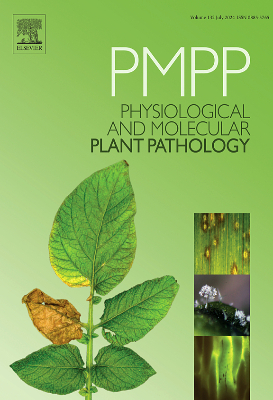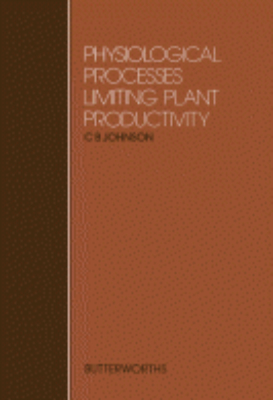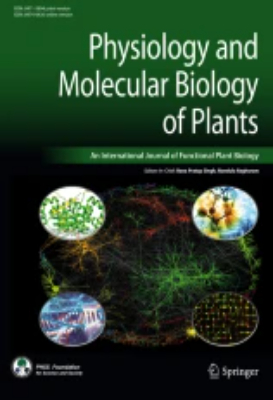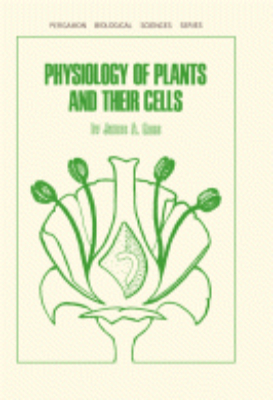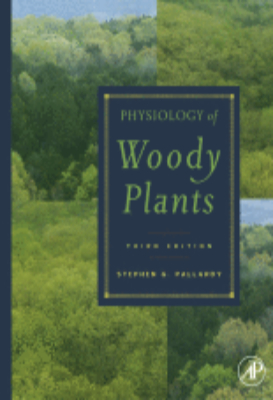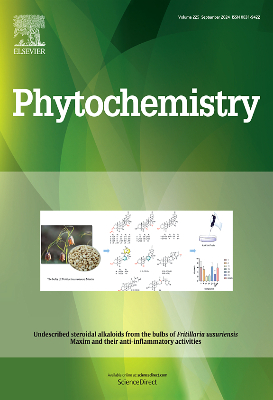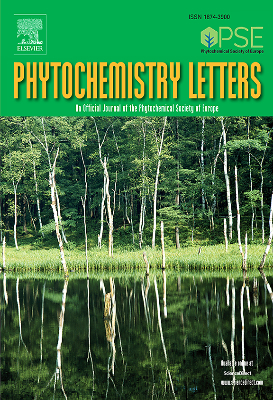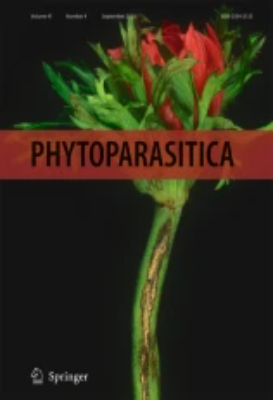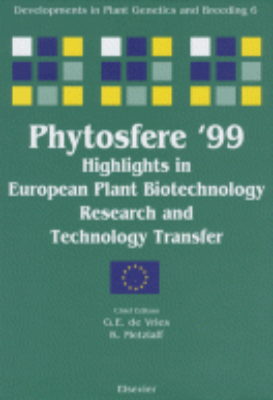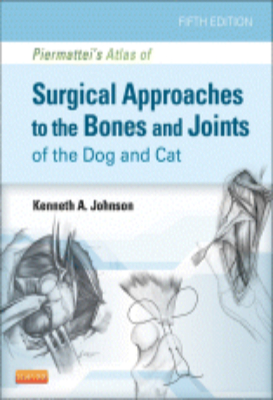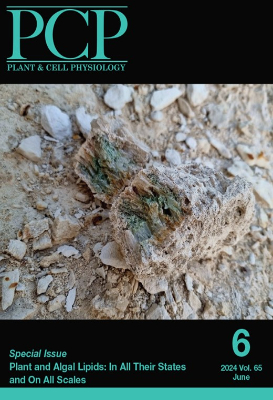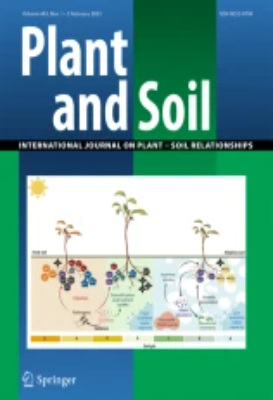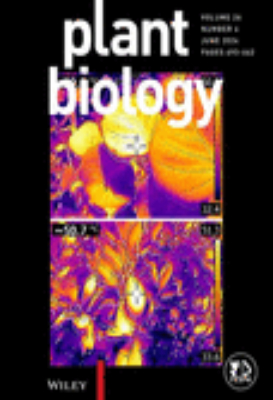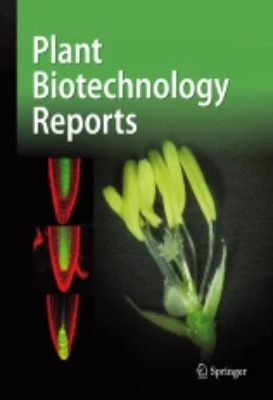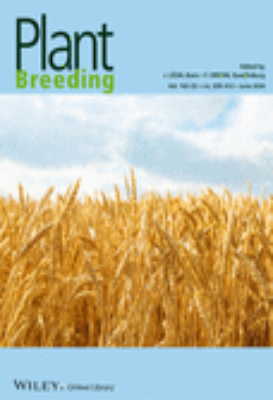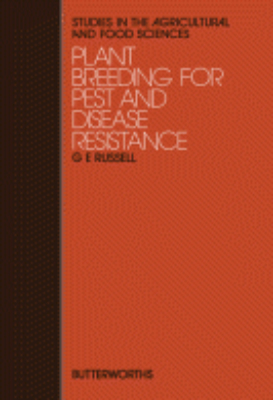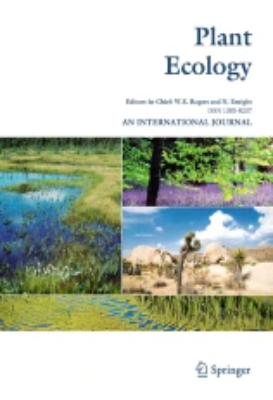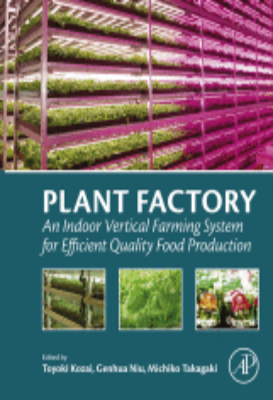Agricultural Science
Physiological Processes Limiting Plant Productivity
Physiological Processes Limiting Plant Productivity presents the proceedings of the Thirtieth University of Nottingham Easter School in Agricultural Science held at Sutton Bonington in England on April 2-5, 1979. Contributors focus on physiological processes limiting plant growth and development in the context of agricultural productivity. Emphasis is placed on the fundamental mechanisms that underlie crop production and their control. This text is comprised of 20 chapters; the first of which discusses the genetics of crop physiology in relation to agricultural production. The range of problems that plant physiologists must address is considered, followed by an assessment of what is happening in crop physiology. A number of chapters are devoted to the utilization of light by crop plants, plant nutrition, water relations, and the effects of an adaptation to unfavorable conditions including those imposed by air pollution. The reader is also introduced to the influence of photoperiodism on crop production; gas exchange in water-stressed plants; and the use of water, solar energy, and fossil fuels in crop production. This book will be of interest to agriculturists, plant breeders, and researchers working in relevant aspects of plant biochemistry, physiology, and genetics.
Physiology of Plants and Their Cells
Physiology of Plants and Their Cells is a 20-chapter book introducing the field of plant physiology. Plant physiology is generally a study of the living activity of the plant. This book begins by elucidating the value of plants to man, and describing the plant cells including its classification, structure, and nutrition. Subsequent chapters explain the role of water, minerals, and photosynthesis in plant physiology. Other topics on plants underlined in this book include energy storage, utilization, and loss; amino acid synthesis; metabolism; proteins; enzymes; phytochemistry; membranes; intercellular communication; growth; longevity; senescence; and death. Lastly, the relevance of plant physiology to contemporary problems facing mankind is explained. This book will be useful as a general reference for teachers and scientists interested in certain aspects of the field, as well as for students of biology and agriculture.
Physiology of Woody Plants: 2008
"Woody plants such as trees have a significant economic and climatic influence on global economies and ecologies. This completely revised classic book is an up-to-date synthesis of the intensive research devoted to woody plants published in the second edition, with additional important aspects from the authors' previous book, Growth Control in Woody Plants. Intended primarily as a reference for researchers, the interdisciplinary nature of the book makes it useful to a broad range of scientists and researchers from agroforesters, agronomists, and arborists to plant pathologists and soil scientists. This third edition provides crutial updates to many chapters, including: responses of plants to elevated CO2; the process and regulation of cambial growth; photoinhibition and photoprotection of photosynthesis; nitrogen metabolism and internal recycling, and more. Revised chapters focus on emerging discoveries of the patterns and processes of woody plant physiology. Key Features. The only book to provide recommendations for the use of specific management practices and experimental procedures and equipment. *Updated coverage of nearly all topics of interest to woody plant physiologists. Extensive revisions of chapters relating to key processes in growth, photosynthesis, and water relations. More than 500 new references. Examples of molecular-level evidence incorporated in discussion of the role of expansion proteins in plant growth; mechanism of ATP production by coupling factor in photosynthesis; the role of cellulose synthase in cell wall construction; structure-function relationships for aquaporin proteins"
Piermattei’s Atlas of Surgical Approaches to the Bones and Joints of the Dog and Cat
This expertly illustrated atlas has been the go-to reference in veterinary orthopedic surgery for nearly 50 years and remains the premier resource for small animal surgical procedures. As in prior editions, Piermattei's Atlas of Surgical Approaches to the Bones and Joints of the Dog and Cat, 5th Edition is teeming with highly detailed drawings that illustrate a wide range of surgical approaches. This edition also features six all new surgical approaches and three approaches which have been expanded to illustrate the modifications required when performing orthopedic surgery on the cat. In addition to updated images throughout, fifty-five brand new illustrations accompany the new surgical approaches. As many will attest, Piermatteis Atlas is an invaluable reference that no small animal surgeon should be without. "In summary, if you still dont have a previous edition of Piermatteis atlas of surgical approaches to the bones and joints of the dog and cat on your bookshelves, this is a must have. If you already have a previous edition, the difference between the 4th and 5th are not big, but there are a few additions that will still make it a worthwhile buy." Reviewed by: Benito De La Puerta, Ldo, Cert SAS Dip ECVS, UK Date: July 2014
Planning and Designing Research Animal Facilities
"Research institutions have or are planning to build, expand and renovate animal research facilities to keep up with the demands of biomedical research caused in part by growth in the use of genetically altered rodents and the upsurge of research in infectious diseases. Properly designed facilities greatly facilitate effective management and high-quality day-to-day animal care that is required to optimally support animal research and testing. There are multiple solutions to address the myriad of factors that influence the design and construction of animal research facilities. There is no best design applicable for all facilities and arguably not even a single best design for a given facility. For this reason, Planning and Designing Research Animal Facilities is not intended to be a how to book. The goal is to cover the basic programmatic requirements of animal research facilities, provide ideas for meeting those requirements while, hopefully, stimulating the creative process in which designers in consultation with those who work in animal research facilities generate even better ideas. That is how progress has been made and will continue to be made. Key Features. Facilitates communication between the parties involved in planning and designing animal facilities by providing contemporary information, and stimulating creativity that will help lead to wise decisions and advance the knowledge base for planning, design and constructing animal research facilities"
Plant Biosystematics
Plant Biosystematics is a compendium of papers from a symposium titled "Plant Biosystematics: Forty Years Later" held in Montreal in July 1983. This collection reviews the current field of biosystematics, particularly the evolution of natural biota, and how plant biosystematics can contribute to the welfare of humans. One paper reviews biosystematics, compares new approaches, and discusses the latest trend in comparative, molecular evolution of genes. One author discusses the cytology and biosystematics concerning the discontinuities and genetic independence occurring in the evolutionary process. Another author discusses chromosome pairing in species and hybrids that includes models of chromosome pairing in diploids. The text also describes chromosome banding and biosystematics, as well as the problems of chromosome banding that should be addressed to in future research. With estimates of the number of species being threatened with extinction numbering around 20,000 one paper address the issue of conservation and biosystematics. The author suggests that more biological information should be published to avoid duplication of effort, and possibly drive scientists to have their views more widely felt. Agriculturists, botanists, conservationists, environmentalists, and researchers in the field of botany, conservation, and plant genealogy will find this book valuable.
Plant Breeding for Pest and Disease Resistance
Studies in the Agricultural and Food Sciences: Plant Breeding for Pest and Disease Resistance presents a critical review of the development of resistant varieties of plant to pests and diseases. It discusses the economic impact of pests and diseases; the methods of controlling these pests and diseases; and the challenges being faced by a plant breeder. Some of the topics covered in the book are the general principles and methods of breeding for resistance; importance of parasite variability to the plant breeder; methods of testing for resistance; requirements for successful inoculation; production of resistant varieties; and economic importance of fungal diseases; and variability in fungal pathogen. Pathogenic fungi and fungal diseases are also covered. The control of fungal diseases by resistant varieties is discussed. An in-depth analysis of diseases in plants is provided. The characteristics of bacteria and bacterial diseases are also presented. A chapter is devoted to epidemiology of diseases associated with mycoplasma-like organisms and rickettsia-like organisms. The book can provide useful information to farmers, botanists, students, and researchers.
Plant Breeding in New Zealand
Plant Breeding in New Zealand is a collection of papers that covers selecting and breeding of crops, pastures, fruits, timbers, and soil conservation plants in New Zealand. The book is divided into four parts, which are dealing with cropping, horticulture, forestry and soil conservation, and pasture. The text first covers crop plants such as wheat, barley, and potatoes. The next part deals with horticulture produce, such as apples, berries, and citrus. Next, the book discusses forestry, soil conservation, and genetic techniques in plant improvement. The last part talks about the plants used in pastures, which include white and red clover, lucerne, and lotus and other legumes. The book will be of great use to botanists, agriculturists, and horticulturists who wish to be aware of the plant selection and breeding methods used in New Zealand.
Plant Diseases
Plant Diseases: Epidemics and Control provides a description of the methods of epidemiological analysis based on infection rates and the relation between the amount of inoculum and the amount of disease it produces. The book shows how to study the increase of pathogen populations and the epidemiological strategy to be adopted to control the epidemic of plant diseases. The text covers the calculation of the logarithmic increase of disease; use of epidemiology in the study of control; forms of sanitation; the use of resistant plant varieties; and the design of field experiments. Plant pathologists and breeders, agriculturists, horticulturists, research workers, teachers, and students will find the text invaluable.
Plant Diseases and Vectors: Ecology and Epidemiology
Plant Diseases and Vectors: Ecology and Epidemiology is the fourth in a five-volume series of books on vectors of plant disease agents. It is comprised of 10 chapters representing the expertise of 13 outstanding scientists from a total of seven different countries. This book begins with a discussion on the ecological involvement of wild plants in plant virus pathosystems. This is followed by the principles and applications of enzyme-linked immunosorbent assay (ELISA) in diagnosing plant viruses and monitoring their movement in the environment. The next two chapters detail the epidemiologies of diseases caused by leafhopper-borne viruses, mollicutes, and rickettsia-like organisms. This book also covers the developments in understanding the importance of helper agents to the transmission ecologies of many aphid-borne plant viruses. It also encompasses the factors that can contribute to the epidemiology and control of a disease affecting a major agricultural crop of the world. A vector of plant viruses not covered in earlier volumes of the series (the host plant, itself) and the man-made epidemiological hazards in major crops of developing countries are also described. This volume will broaden the knowledge of transmission ecology and disease epidemiology, not only by serving as a valuable supplemental textbook, reference work, and bibliographical source, but also by catalyzing novel syntheses of thinking and stimulating further research in the area.
Plant Disturbance Ecology
"The media coverage of natural disasters (hurricanes, fires, floods, ice storms, etc.) indicates the prevalence of natural disasters in most, if not all, ecosystems. In order for scientists to study, understand, and ultimately predict how these disturbances affect ecosystems, it is necessary for them to know more about the physical processes involved in these disturbances and to learn how to couple these processes to the ecological systems. Essential for all ecologists, forest researchers, and conservation biologists, this book includes chapters on the disturbance processes, how the disturbance causes necrosis or death to individuals, and their effects on population or community processes. In Plant Disturbance Ecology, physical scientists who study disturbances provide an introduction to the physical disturbance processes, while ecologists relate this information to the way the vegetation responds to the disturbances. This reference is also key for all researchers hydrology, geomorphology, and environmental management. Key Features. Includes coverage on six different disturbance processes: Wind, Gravity, Geomorphic, Hydrologic, Combustion, and Biotic. Provides a clear explanation of how some of the physical processes of disturbance affect plant ecological processes. Offers ecologists an up-to-date understanding of the physical processes and allows them to predict future affects of disturbances. Unites two related fields by linking the disturbance processes and ecological responses. Presents physical scientists with ideas of how they might usefully apply their knowledge to advance understanding of ecological systems"
Plant Energetics
"Emphasizing the physical and technological aspects of plant energetics, this comprehensive book covers a significant interdisciplinary research area for a broad range of investigators. Plant Energetics presentsthe thermodynamics of energy processes in plants, their interconnection and arrangement, and the estimation of intrinsic energy needs of the plant connected with performing various physiological functions. The book also demonstrates the role of electrical and electrochemical processes in the plants life cycle. Plant Energetics incorporates such diverse themes as thermodynamics, biophysics, and bioelectrochemistry with applications in horticulture and ecology. It also discusses the roles and mechanisms of both quantum and thermophysical processes of theconversion of solar energy by plants, including photosynthesis and long distance transport. Comprehensive details of value to basic and applied researchers dealing with photosynthesis, agriculture, horticulture, bioenergetics, biophysics, photobiology, and plant physiology make Plant Energetics an informative, one-stop resource that willsave time and energy in your search for the latest information. Key Features. Plant Energetics incorporates such diverse themes as thermodynamics, biophysics, and bioelectrochemistry with applications in horticulture and ecology. It also discusses the roles and mechanisms of both quantum and thermophysical processes of the conversion of solar energy by plants, including photosynthesis and long-distance transport. Extensive details of value to basic and applied researchers dealing with photosynthesis, agriculture, horticulture, bioenergetics, biophysics, photobiology, and plant physiology make Plant Energetics an informative, one-stop resource that will save you time and energy in your search for the latest information"
Plant Factory
Plant Factory: An Indoor Vertical Farming System for Efficient Quality Food Production provides information on a field that is helping to offset the threats that unusual weather and shortages of land and natural resources bring to the food supply. As alternative options are needed to ensure adequate and efficient production of food, this book represents the only available resource to take a practical approach to the planning, design, and implementation of plant factory (PF) practices to yield food crops. The PF systems described in this book are based on a plant production system with artificial (electric) lights and include case studies providing lessons learned and best practices from both industrial and crop specific programs. With insights into the economics as well as the science of PF programs, this book is ideal for those in academic as well as industrial settings.

